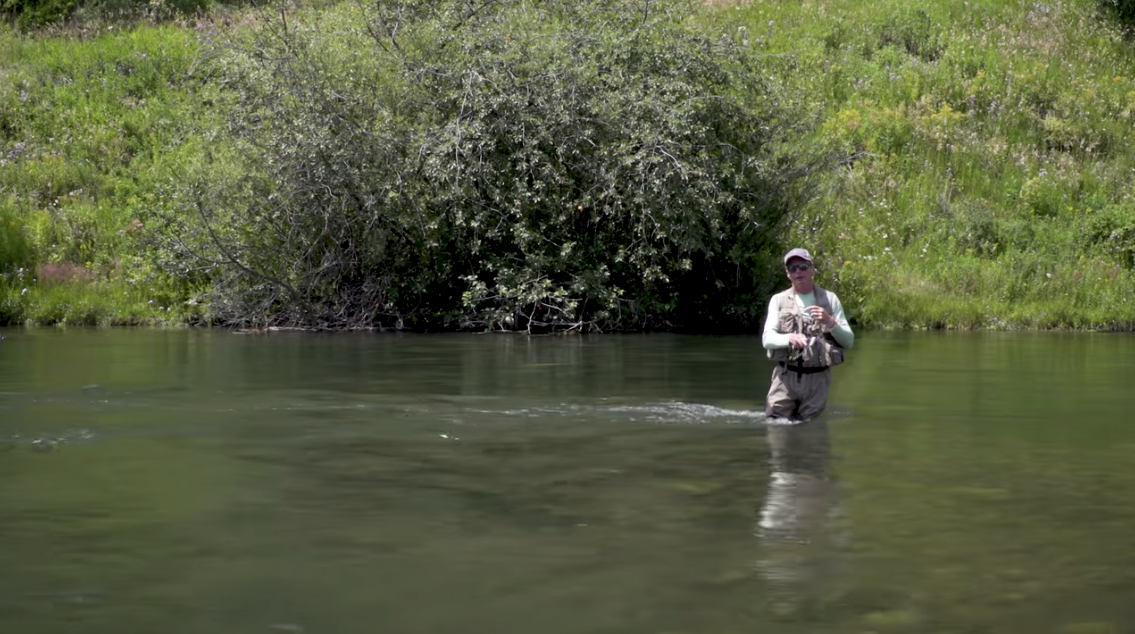The “upstream and dry” approach is a commonly accepted method—and on some European waters, it’s required—for fly fishing.
Here in the U.S., we’re blessed with a lot of trout water, and, thankfully, a lot of public lands on which we can fish at our leisure rather than being forced to pay rod fee, walk a beat and adhere to some fairly arcane rules.
And, yes, we can, with a clear conscience, fish a dry fly downstream.
Above, RIO Products Brand Manager Simon Gawesworth shows several methods for achieving the coveted drag-free drift during a downstream dry-fly presentation. He offers up some great casting tips and shows some techniques that will allow you present your fly to rising fish before it sees your leader and your fly line.
Keep in mind, though, that downstream dry-fly fishing, like most aspects of the sport, has different “disciplines.” In the video above, Simon is clearly attempting to present a match-the-hatch imitation to fish looking for a specific bug (in this case, it looks like a PMD). But sometimes, fishing a dry fly downstream begs you to incorporate a little drag, and get that “skating” effect—consider a bouncing caddis or, if you time your visit to the river just right, a big stonefly struggling in the current.
Regardless, the techniques presented in the short video above are worth a watch, particularly if you are trying to prevent drag and offer trout a fly that looks as natural as possible.



